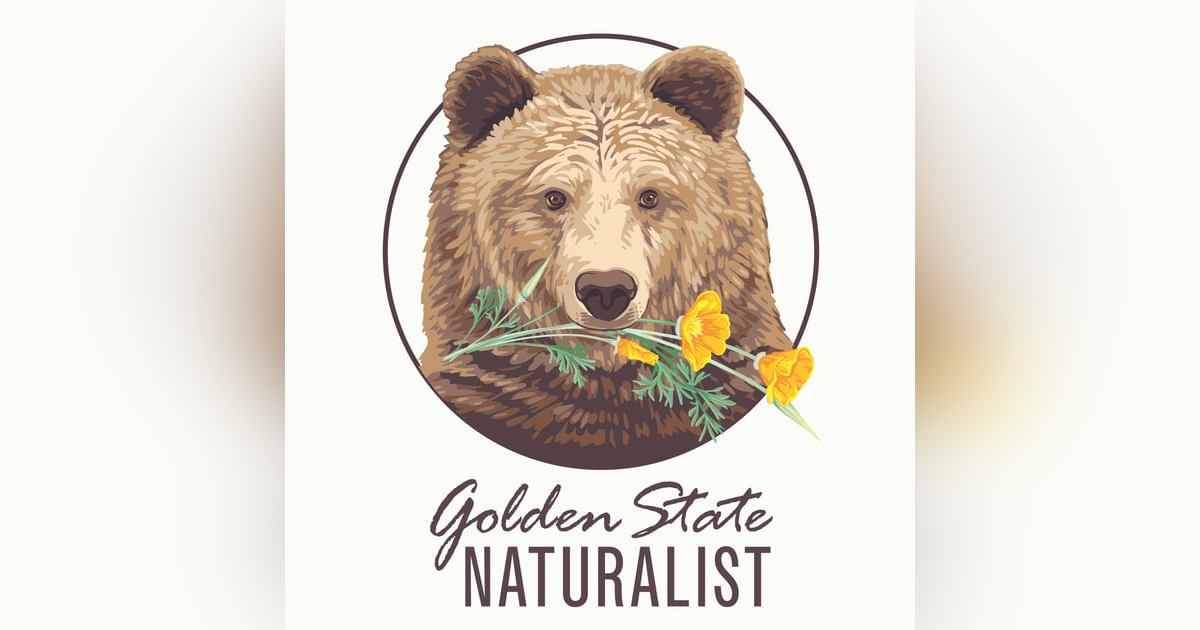Giant Sequoias (World's Largest Trees!) with Wendy Harrison


Have you ever looked up at something much larger than yourself and felt teeny tiny, but in a good way? That's the feeling I get when I walk among giant sequoias. It is pure wonderment. Join me as I learn more about this spectacular species from Wendy Harrison, who spent 30 years as an interpreter at Calaveras Big Trees State Park and now leads the park's California Naturalist program. In our conversation, we discuss the ancient origins of these trees, what kinds of plants and animals live around them and depend on them, something called “sequoia blood,” how they spread their seeds, what’s going on waaaaay up high in their branches, their relationship with fire, the heartbreaking story of the mother of the forest, and where they can be found today so you can go experience them for yourself.
Here are some relevant links from the episode:
National Parks Service--"Giant Sequoias and Fire"
Save the Redwoods--"Giant Sequoia and Fire"
Calaveras Big Trees State Park Website
UCANR Page on Giant Sequoia Mycorrhiza
Mother of the Forest Wikipedia page with photos
You can find me on Instagram or Tiktok @goldenstatenaturalist.
You can find me on Patreon at www.patreon.com/michellefullner
My website is www.goldenstatenaturalist.com
The theme song is called "i dunno" by grapes and can be found here.
--- This episode is sponsored by · Anchor: The easiest way to make a podcast. https://anchor.fm/app
Giant Sequoias with Wendy Harrison
SUMMARY KEYWORDS





































































